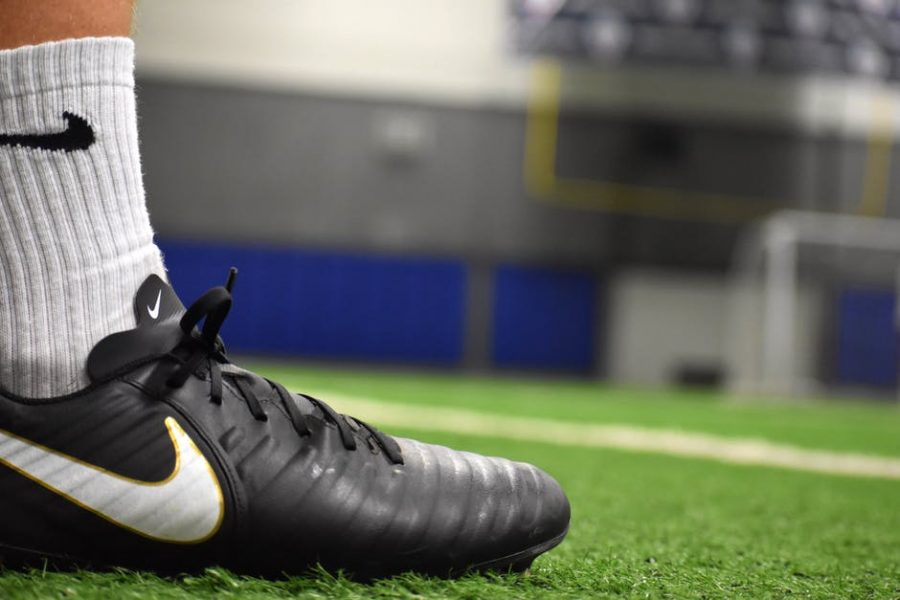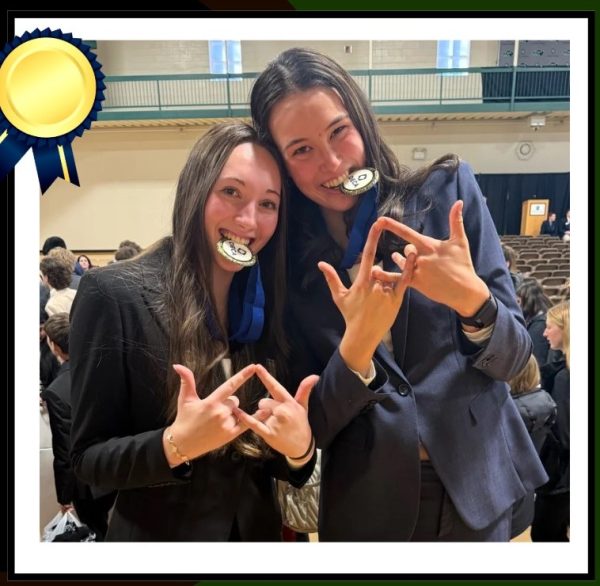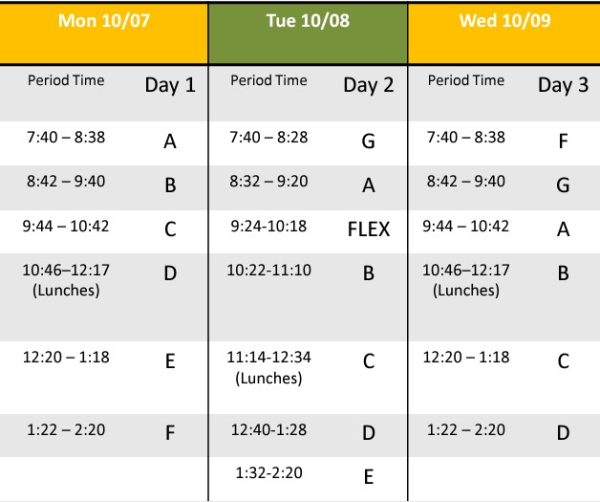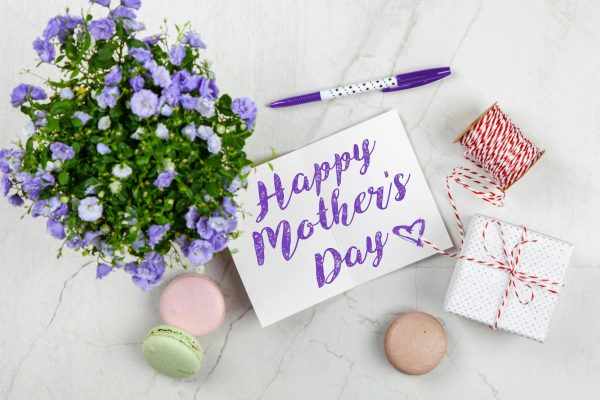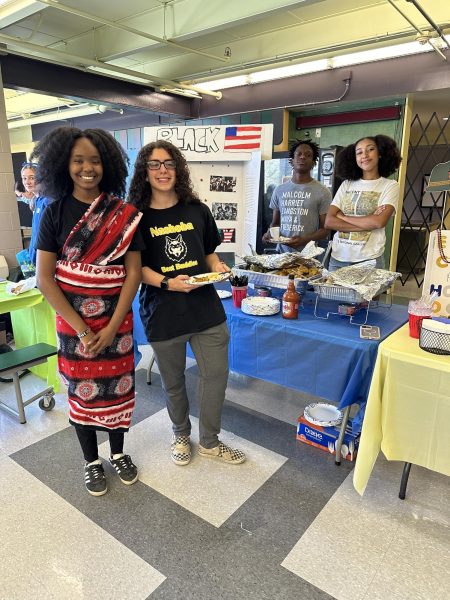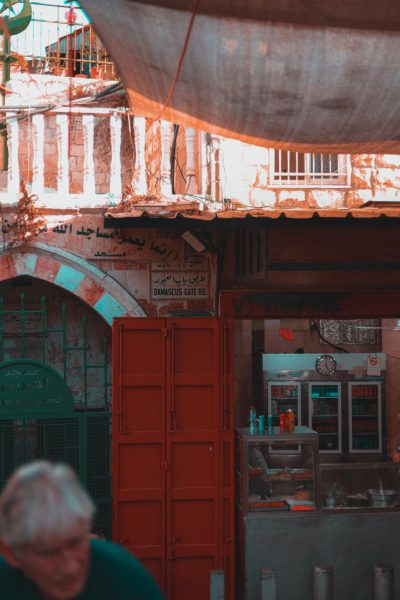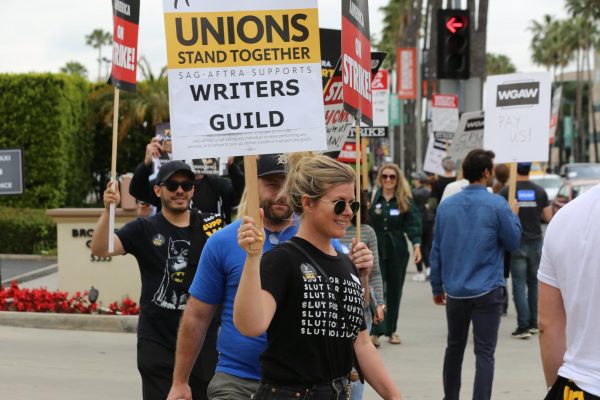The National Women’s Soccer League: Players are More Than Employees
The NWSL is the National Women’s Soccer League, which originally was made up of ten different soccer teams around the United States. The NWSL is comprised of professional female soccer players who have dedicated their lives to their craft. Just recently, The Boston Breakers, the first team to be created in the NWSL, had to fold because of budget issues, leaving the league with only nine teams.
The average salary for players and coaches in this league is not something any human could realistically live off of, and greatly contrasts what male professional athletes and teams earn. In order to make a living as a female soccer player, one needs to seek out advertising and endorsement opportunities.
In 2017 the average maximum amount put toward overall costs for each team in the league per year was $315,000. The average minimum a player made per season was $15,000 and the average maximum was $41,700. Keep in mind that playing a professional sport is a full time job, comprised of many necessary, sport-driven individual expenditures like; personal trainers, nutritionists, doctors, apparel, and clean foods and supplements to fuel hard working bodies.
Most women who play for an NWSL team work additional jobs to stay afloat. It is far from easy to be a professional female athlete. Hope Solo, the first goalkeeper ever out of both men and women to reach 100 shutouts in an international competition, started her career living in a complete slum. She visited her first home after winning the World Cup in 2015, and posted a photo on Instagram reminiscing about how far she had come, the associated caption to this was, “The first home I could rent on my $25k pro salary as a 1st round draft pick in 2003. Not much has changed!”
Although women’s sports have come a long way in the past few decades, the NWSL is still a great example of the inequity in pay that exists between men and women athletes. Female athletes and sports teams typically get very few viewers. Last year, 2017 was the first year that the NWSL games were sporadically televised on Lifetime. Prior to this, the games had to be found online on live streams.
The Boston Breakers were told at the end of the 2017 season, that the team’s owners would no longer support the team. The league searched around for several other buyers and one took flight, but the deal fell through. According to Sports Illustrated, “Discussions with an active buyer who had signed a letter of intent were ongoing since November of 2017. Unfortunately, due to certain factors that process was halted on short notice. Since that point a number of potential buyers were spoken with, but nothing could be completed within the short timeline.”
The players who were recently called to the Boston Breakers in the 2017 new season draft, which took place not long ago, on Thursday, January 12, were redrafted in a dispersal among the nine remaining teams in the league. The dispersal draft took place on January 31st at 1pm, and by 4 pm the Boston Breakers players were allotted to each of the rosters of the nine remaining teams in the league. Now that the number of teams in the league is uneven, one team will sit each week. The league will continue its 24 game season, with each team playing each opponent three times. The players were upset that they could no longer represent Boston, but stayed in good spirits because they were given the opportunity to keep playing the game that they love.
The Boston Breakers have an expansive history in the build up of United States Women’s Soccer. They were inducted into the Women’s United Soccer Association in 2001, a league that later folded in 2003. They also tried competing in the Women’s Professional Soccer League, which existed from 2009 to 2012. They were one of the eight founding teams in the NWSL, which started in 2013.
The reaction across the league included anger and frustration over the way its players, (aka employees) are treated. Many of the women involved in the league are adamant in their demand for equal pay and play. Morgan Andrews, a former Boston Breakers player and former member of the locally known FC Stars of Massachusetts soccer club, tweeted an important message on January 16th: “For those who don’t know, most professional soccer players who are women have second careers while pursuing their first… for obvious reasons ($$$) This is my second (or third job, depending on how you look at it). Professional soccer player, coach, and videographer #grind.” She followed up this tweet with photographic evidence of her working her videography job. Hope Solo saw this tweet and commented the following: “A professional player, defined by FIFA, is a player in contract with a club, who makes more money playing football than the expenses she incurs. @NWSL must meet this criteria for ALL players!”
Following the Breakers folding, many players throughout the league spoke out in disgust on social media. They tweeted broken heart emojis, pictures with their grandparents as die-hard Boston fans, and pictures with the team mascot (a big bulldog named Chunky). The dispersal draft assures that these players can keep playing, but it takes playing time away from everyone in the League. Overall women’s soccer has made great improvements over the years, but it definitely has a ways to go.

